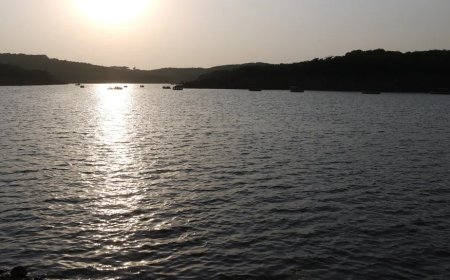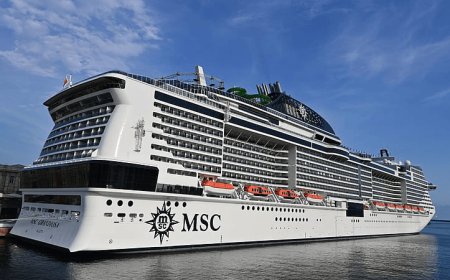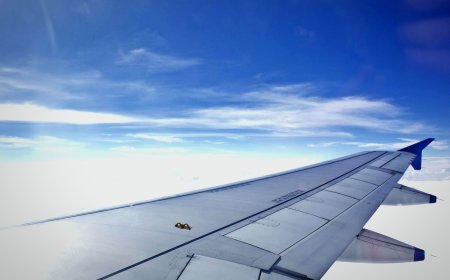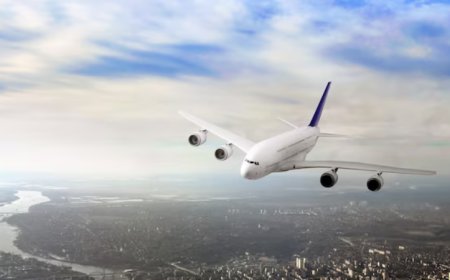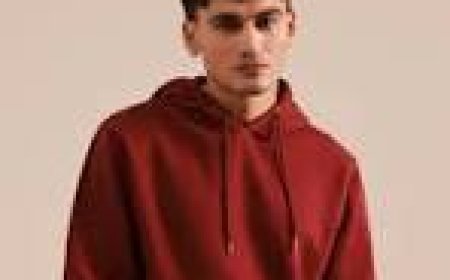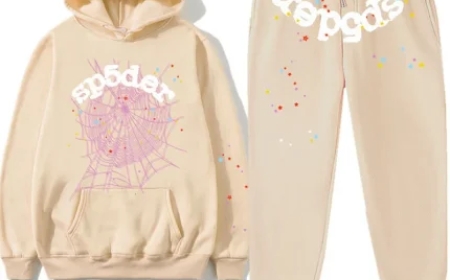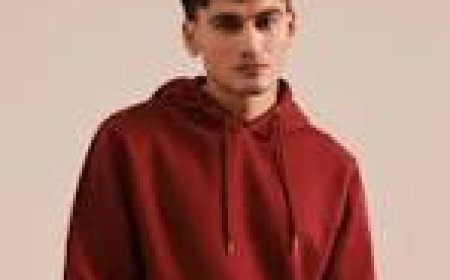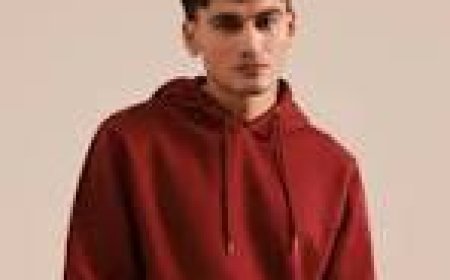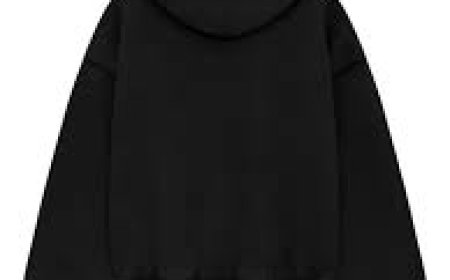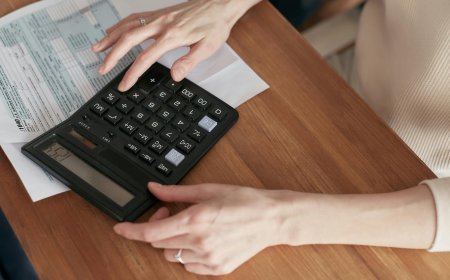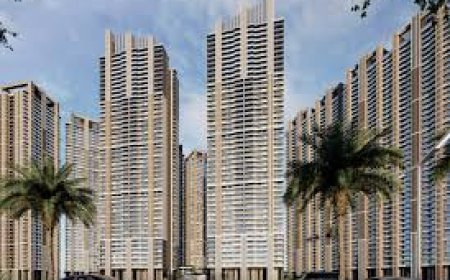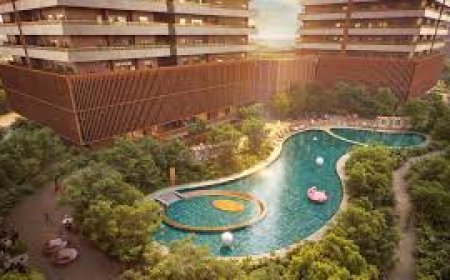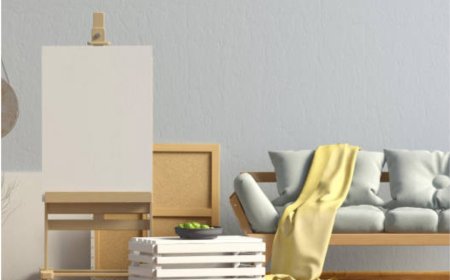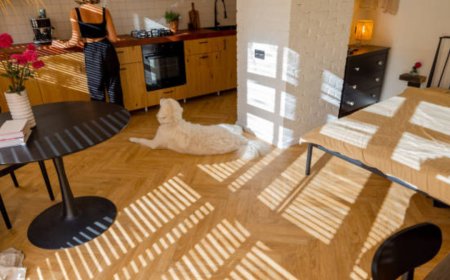3D Printing Complex Angles in Dubai Glass Models
The architectural landscape in Dubai is known for its bold experimentation, futuristic towers, and intricate facade geometries. A significant portion of these designs involves glass structures with complex angles, curves, and folded planes.

The architectural landscape in Dubai is known for its bold experimentation, futuristic towers, and intricate facade geometries. A significant portion of these designs involves glass structures with complex angles, curves, and folded planes.
Model making Dubai glass structures must reflect these challenges in miniature form, capturing both the design essence and technical complexity. Traditional methods often fall short when it comes to fabricating irregular angles or highly detailed joints. This is where 3D printing has become an essential tool in the model making process.
Why Complex Angles Are Hard to Build Manually
Many glass buildings in Dubai feature facades that deviate from standard vertical and horizontal lines. They include diagonal cuts, twisted curtain walls, chamfered edges, and multi-angled junctions.
Replicating these by hand using plastic sheets or cut acrylic is difficult. Cutting precise angles manually can lead to alignment errors or gaps. It also consumes time and results in inconsistent finishes. When dealing with highly faceted or irregular glass geometries, even skilled artisans find it hard to reproduce the design cleanly at scale.
3D Printing Enables High Precision for Irregular Geometry
3D printing provides a solution to this problem by enabling precise control over angles and shapes. Using digital modeling tools, model makers in Dubai can translate complex glass designs into printable 3D files.
These files are then printed using resin or PLA printers with high resolution. The resulting components are exact replicas of the intended geometry, down to tiny variations in angle and curvature. This ensures that even unconventional faade elements can be faithfully reproduced in scale models.
Integration with Digital Design Workflows
Dubais architectural firms often work with advanced digital tools like Rhino, Revit, or Grasshopper for parametric modeling. These tools allow architects to create complex glass structures with custom angles and folded surfaces.
3D printing aligns perfectly with these workflows. Once the geometry is approved, the digital model can be directly exported to a 3D printer without conversion. This shortens the fabrication cycle and improves accuracy between digital concept and physical model. The consistency benefits both visual presentation and structural coordination within the model.
Fabricating Supporting Frameworks with Angular Precision
In many model making Dubai glass structures, the glass panels are only part of the visual story. The supporting frameworkbe it aluminum mullions, steel trusses, or decorative finsmust match the glass shape precisely.
3D printing is often used to produce these frameworks, especially when they involve non-repeating or asymmetrical patterns. By printing the frame in one piece or in modular segments, the model maker avoids alignment issues and improves assembly speed. These frames also help guide the placement of translucent materials like laser-cut acrylic.
Simulating Curved or Twisted Glass Surfaces
Modern Dubai towers often include curved or twisted glass surfaces that cannot be reproduced accurately with flat plastic sheets. 3D printing makes it possible to simulate these curved surfaces by printing them as solid or hollow forms. The model may use transparent resins to approximate glass or print the curved supports and attach clear films. In either case, the smoothness of the curve and the angle transition remain true to the architectural intent. This level of detail is hard to achieve with bending or heat-forming techniques.
Reducing Joint Errors in Angled Glass Assembly
When fabricating angled glass panels manually, joining the edges cleanly is one of the biggest challenges. Misaligned joints cause gaps, stress points, and visual inconsistency. 3D printing allows for interlocking or snap-fit connections designed into the parts.
This improves the fit and simplifies model assembly. In addition, supports can be printed with exact chamfers to receive angled glass inserts, holding them in the correct orientation. These precision tolerances help maintain structural stability and visual accuracy.
Custom Jigs and Assembly Tools from 3D Printing
In some cases, 3D printing is not used directly for the final model but rather for making assembly tools. Model making Dubai glass structures may require jigs to hold pieces in place while glue sets or to align components during construction. These jigs can be custom-designed and printed for a specific angle or part. They improve workflow efficiency and reduce human error. This is particularly useful when building complex modules or repeating a detailed pattern across the model.
Improved Visualization for Client Presentations
Dubais developers and clients expect high-quality, realistic models that clearly communicate design intent. When complex angles are poorly executed, it weakens the models impact. 3D printed elements give a polished, cohesive look to the model.
They help highlight special design features such as sloped curtain walls, folded glazing systems, or angular atriums. These visual cues are often what make a concept stand out during presentations, competitions, or municipal approvals.
Material Versatility and Surface Treatment Options
3D printed parts can be sanded, painted, or coated to match the desired finish. If a printed surface represents a structural element behind glass, it can be painted in aluminum or steel shades. If the print simulates a frosted glass component, translucent resin may be used.
In Dubais model making studios, hybrid models often combine 3D prints with clear laser-cut sheets, giving the impression of complex yet transparent facades. The seamless integration of different materials is made easier with custom printed connectors and angle braces.
Time and Cost Benefits for One-Off Angled Components
Many of Dubais glass structures are one-of-a-kind. This means their model components are unique and not reusable. Producing complex angled parts by hand is time-intensive and error-prone. 3D printing allows model makers to fabricate these parts quickly and with minimal waste.
Small batch production or even a single unique element becomes cost-effective. This is particularly important for early design stages when quick iterations and fast model updates are needed.
Conclusion
3D printing plays a crucial role in fabricating complex angles in model making Dubai glass structures. It bridges the gap between digital creativity and physical realization. From twisted facades and custom supports to precise joints and curved surfaces, 3D printing enables model makers to achieve accuracy that traditional methods cannot match. As Dubais architecture continues to explore innovative glass geometries, 3D printing remains an essential tool in delivering visually stunning and technically precise models.



